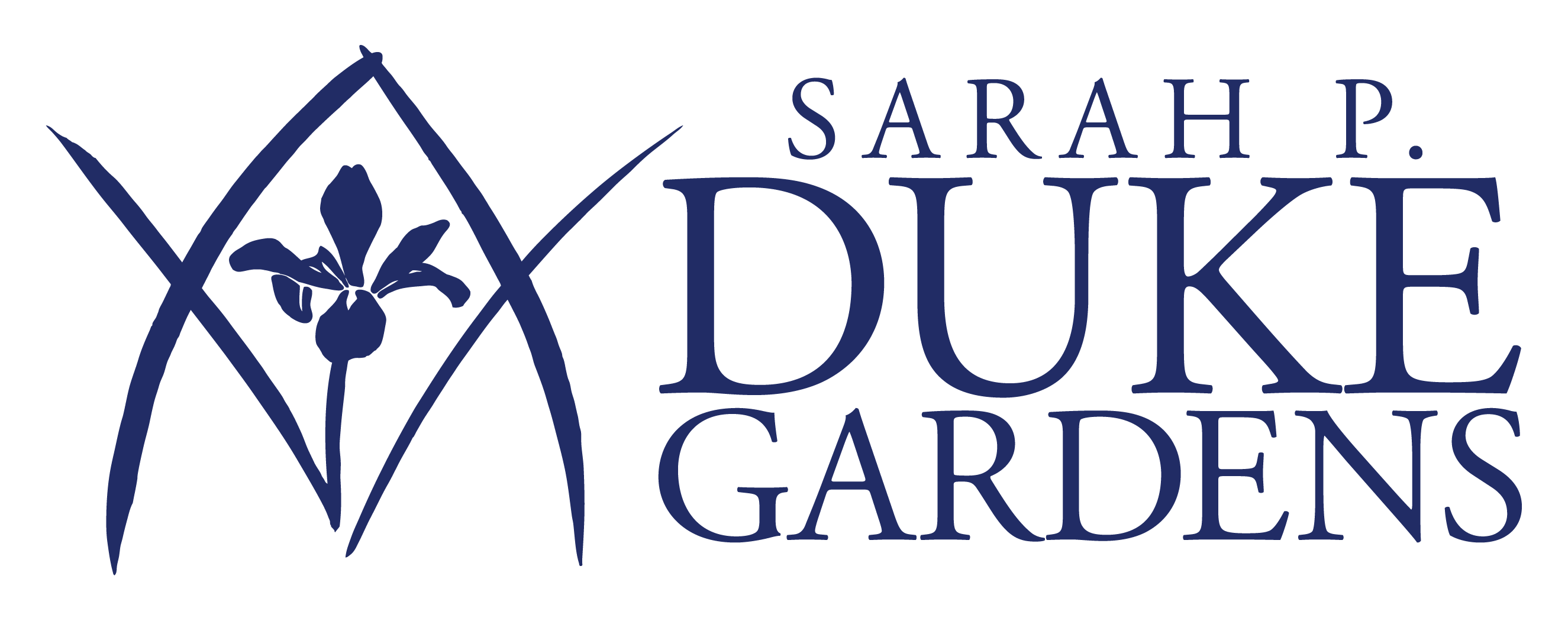
Photo by Cathi Bodine.
The beginning of June marks the start of the bigleaf hydrangea (Hydrangea macrophylla) bloom, just in time for the rainy season in its native Japan, where the colorful flowers are linked with umbrellas and rain boots in the popular imagination. Here in central North Carolina, June may bring either rain or shine, but the bigleaf hydrangeas will brighten your day nonetheless.
Although their flower clusters are obvious at a distance, closer inspection reveals that each “flower” is actually a set of four sepals, or petal-like leaves, surrounding a sterile flower at the center. Wild-type bigleaf hydrangeas have tiny fertile flowers hidden behind the more conspicuous sterile flowers. Like hellebores, dogwoods and other plants that adopt this strategy, the sterile hydrangea flowers are able to bloom for a long time before they wither and die. Furthermore, many garden cultivars, known collectively as “mopheads” for their extended cluster shape, have been bred to only have sterile flowers so the plant can dedicate its energy to a showy display.
Bigleaf hydrangea clusters come in a wide range of colors, ranging from bright pink to deep blue and anywhere in between—sometimes even on the same plant! Wild-type hydrangea blooms take their color from aluminum ions in the soil, and their ability to absorb these ions depends on the soil pH. In essence, hydrangeas serve as living pH meters—acidic soil yields blue flowers, while pink flowers indicate more alkaline soils. Howeever, many cultivars have been bred to retain a specific color regardless of their planting situation, so that gardeners can reliably obtain the hues they desire regardless of local soil conditions. This is especially true for pure white hydrangeas, as a truly “neutral” pH is extremely difficult to achieve.
You’ll find bigleaf hydrangea, the most popular and widely grown hydrangea species, throughout Duke Gardens, particularly in the Culberson Asiatic Arboretum and the sunken wall garden adjacent to the Terrace Gardens. Be on the lookout for other equally beautiful species and cultivars blooming throughout the Gardens, including mountain hydrangea (H. serrata), panicle hydrangea (H. paniculata) and several native species like the oakleaf hydrangea oakleaf hydrangea (H. quercifolia), smooth hydrangea (H. arborescens) and silverleaf hydrangea (H. radiata).
